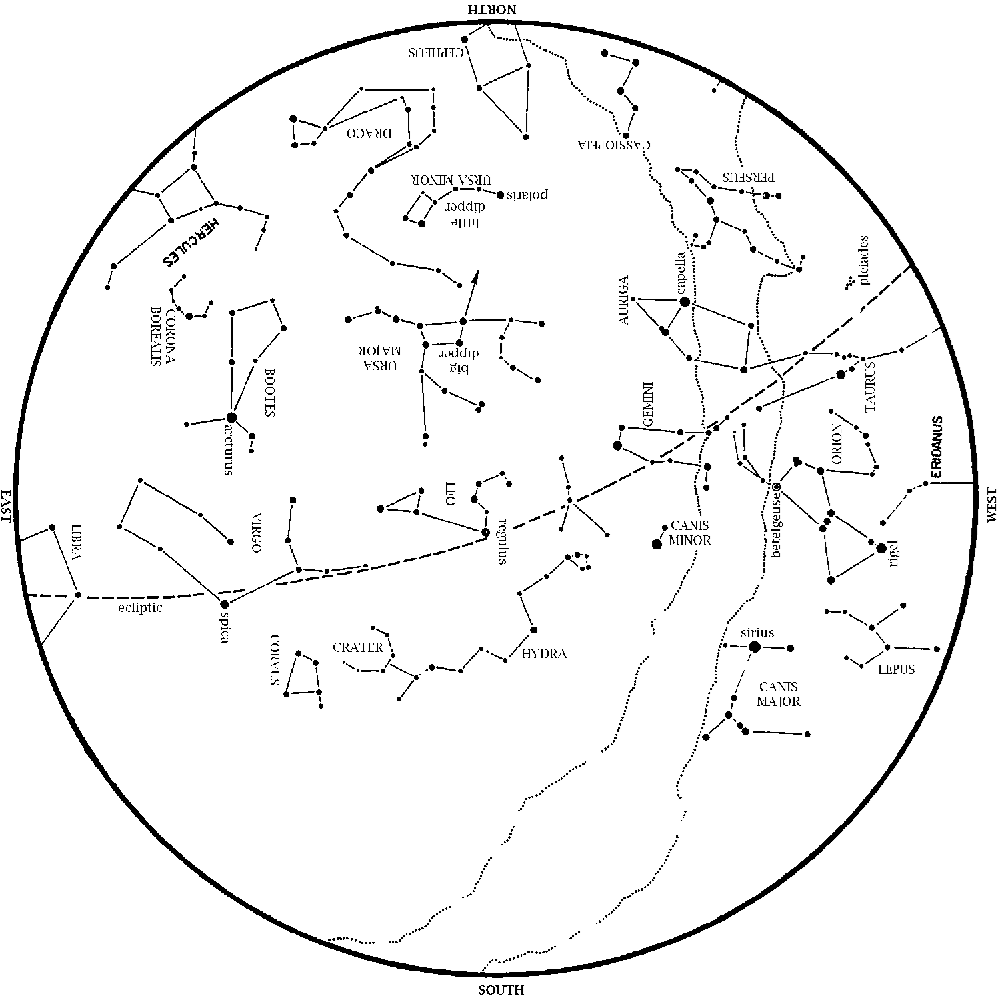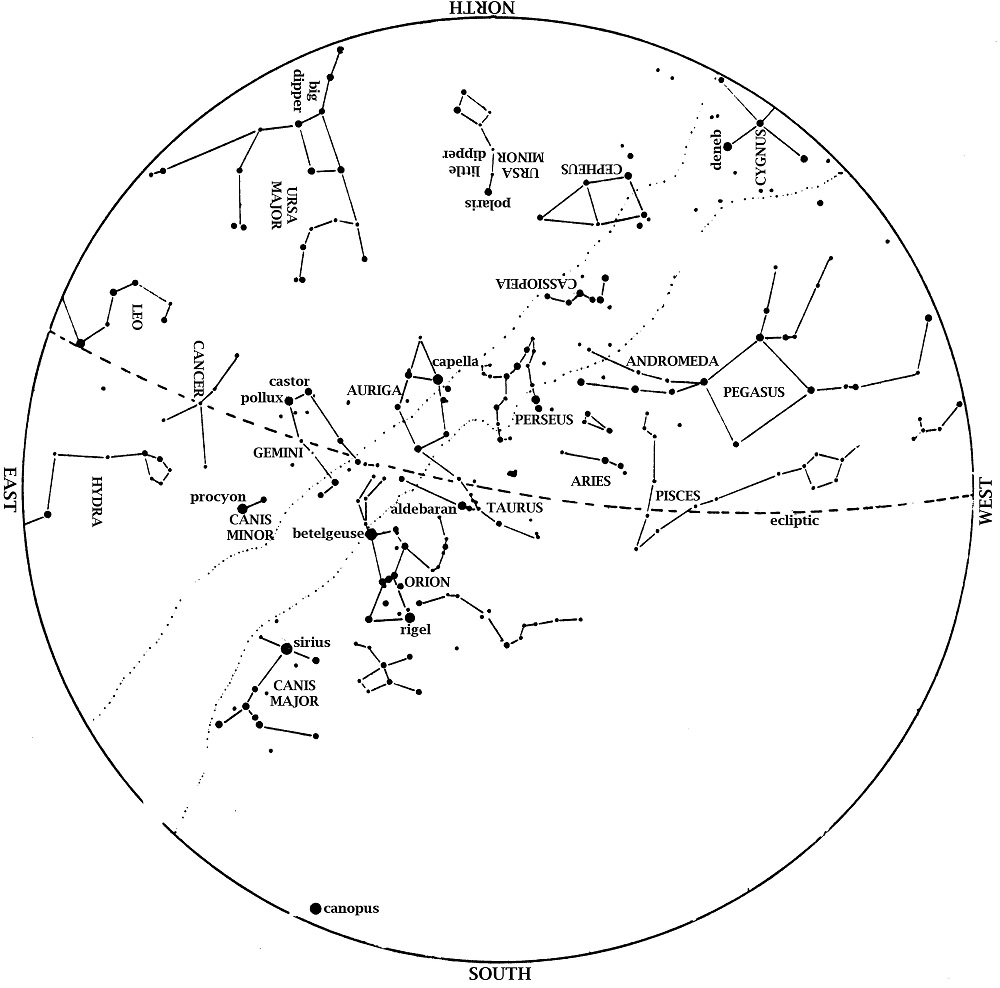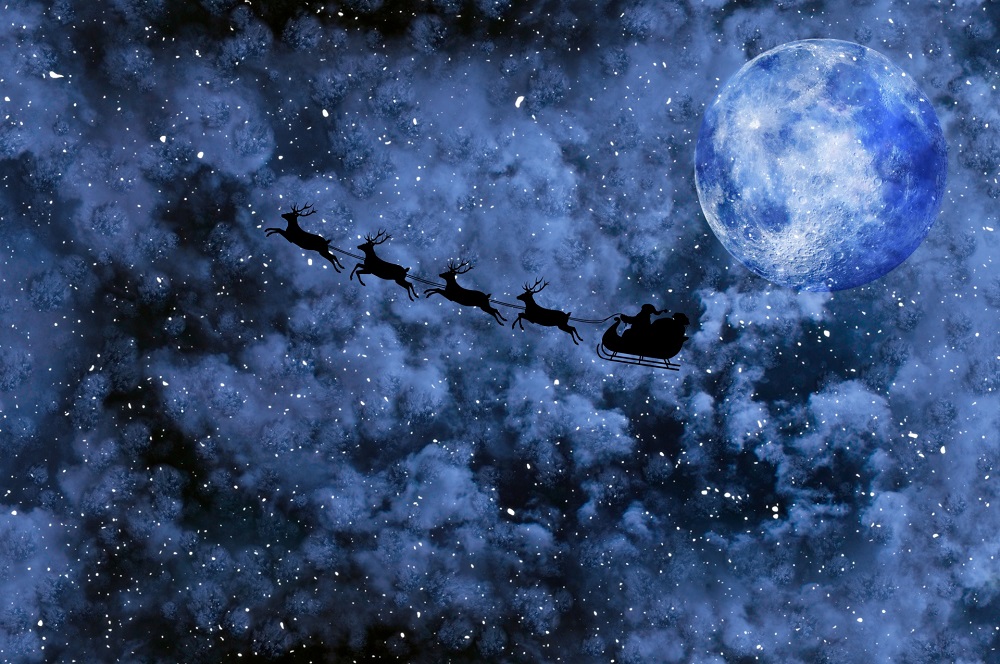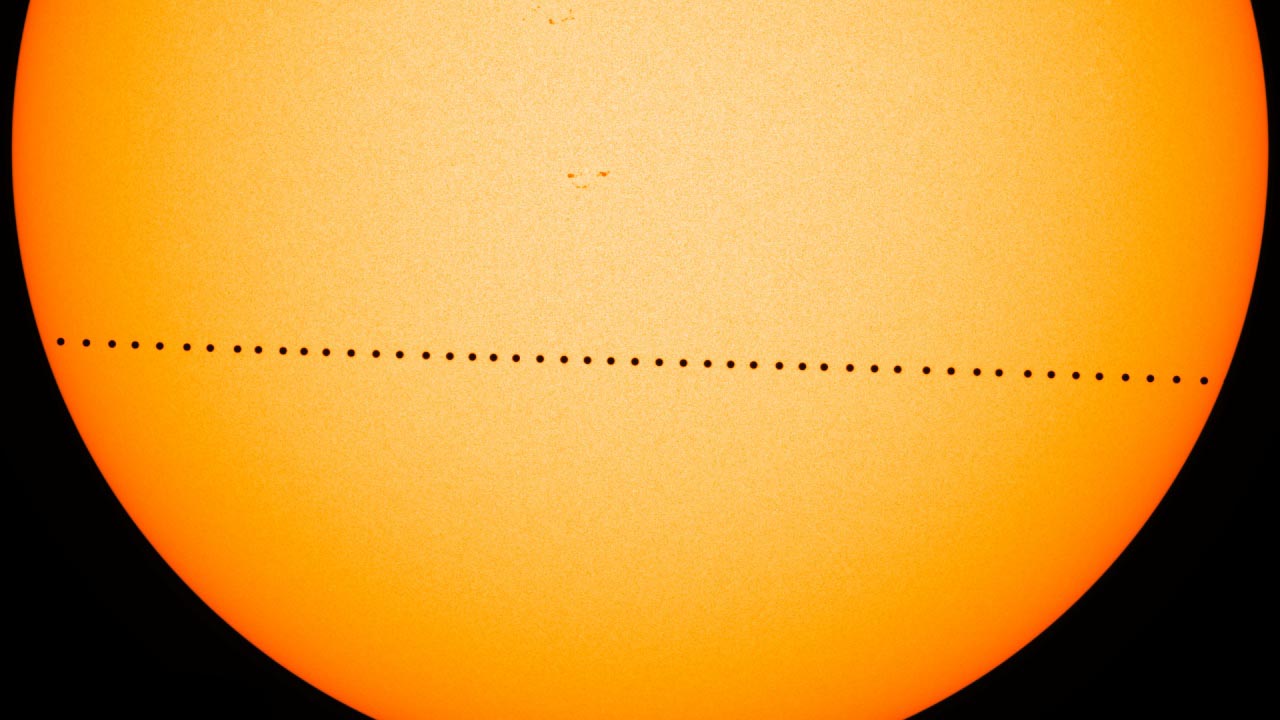June Star Blog
Mercury continues an excellent apparition for the first half of June. Look for it low in the sky at dusk, over the point of sunset. Mercury is highest June 4-5, then gets lower and dimmer until it is lost in the Sun’s glare by June 15. Mars is higher in the morning sky each day […]







